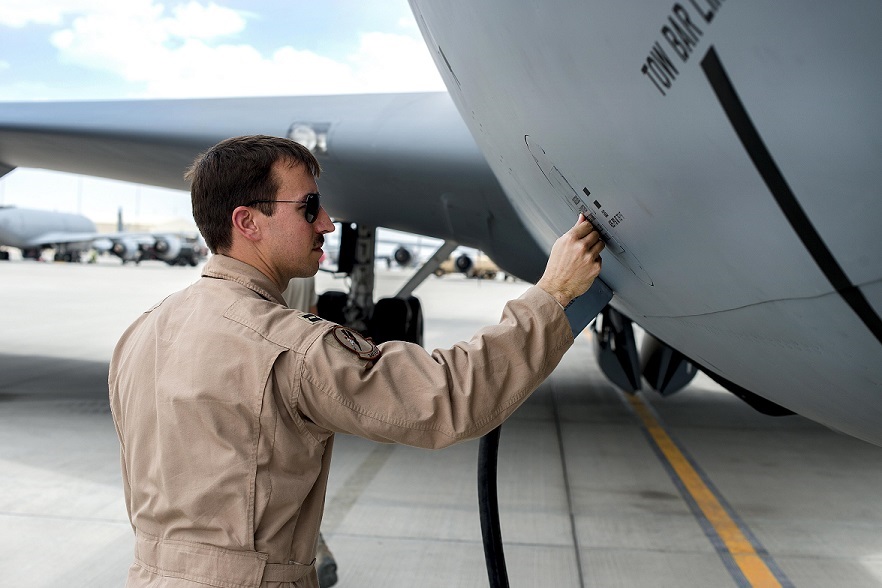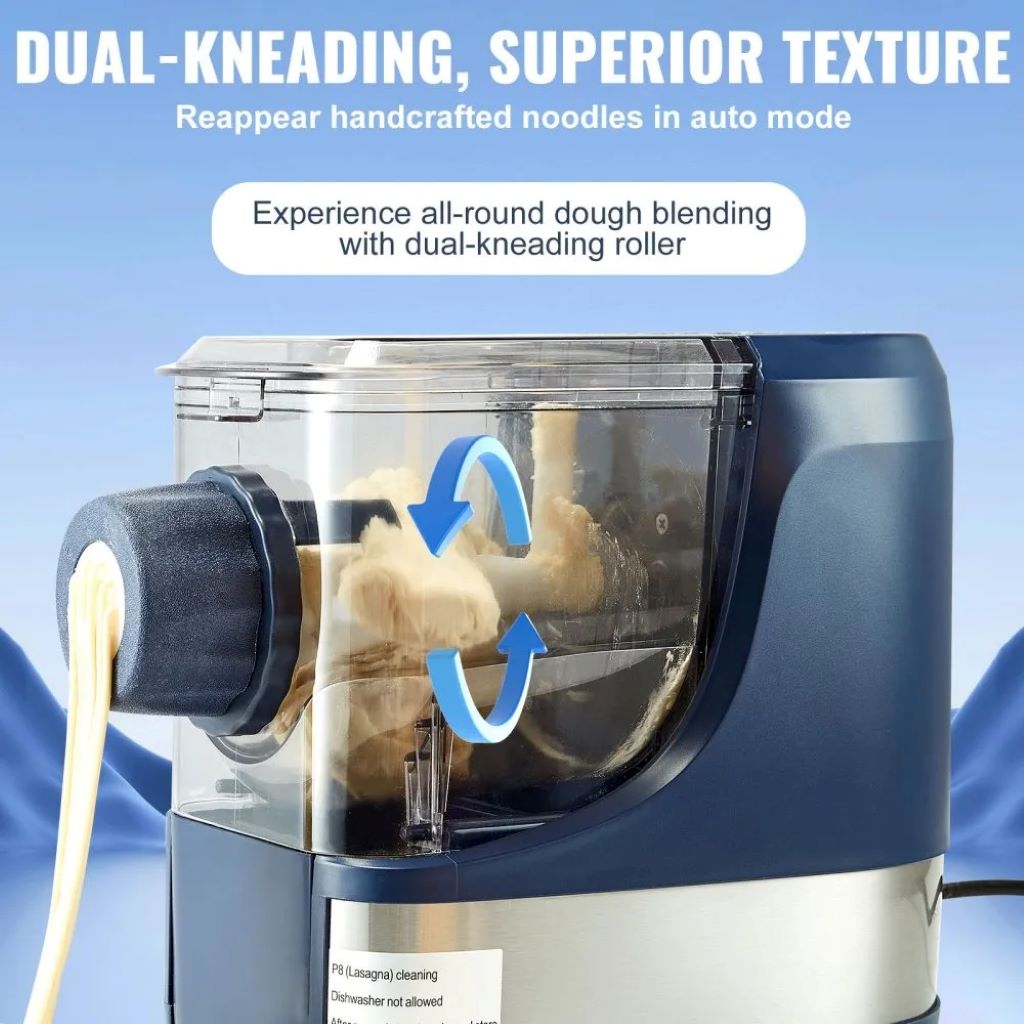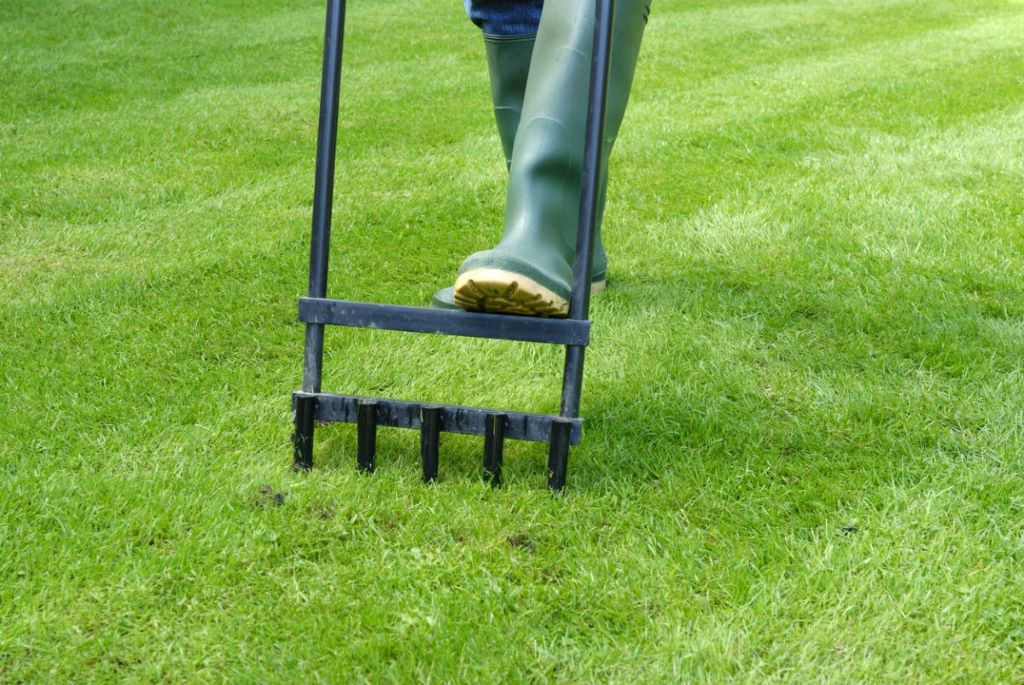What’s Involved In Pre-Flight Inspections?

Airplanes must be inspected thoroughly before every flight. Individuals performing these inspections must pay close attention to detail and not skip any steps. While the entire inspection in very comprehensive, you should know about these important steps involved in this very thorough and crucial process.
General Overview
From a distance, the plane is overlooked for flat tires and other external damages. Whether the plane has flown multiple times that day, or if this is the first flight of the day, the plane will be checked thoroughly outside for any damages and potential malfunctioning parts. After checking the outside, the inner parts including aircraft rivets, valves, brake pads, tires and propellers will also be checked.
Cockpit Cleaning
Inside the cockpit is a dashboard of multiple switches and buttons. It is crucial that each one is checked for proper position to ensure everything is functioning properly. While checking the buttons you can also records gauges and fuel levels to keep track of. Once all levers and switches are set and checked, the area is swept for any trash to clean up. It is important the area stays clear and free from any debris. Seatbelt safety is double checked for proper ability to fasten, tighten and not malfunction.
Engine Check
The engine needs to be in overall good function. It should be regularly checked for correct levels of oil and air filters cleaned out if needed. Filthy air filters or a clogged exhaust pipe could indicate adjustments or repairs are needed. The fuel going into the plane must also be checked for potential contamination. Once the color and certificates are confirmed, you can inspect and verify that all gauges are accurate.
There are several steps to ensuring a plane is ready for flight. Each step, no matter how large or small, no matter how simple or complicated is as important as the last. Every step ensures the safety of the crew and passengers so they can enjoy their travels with confidence.



